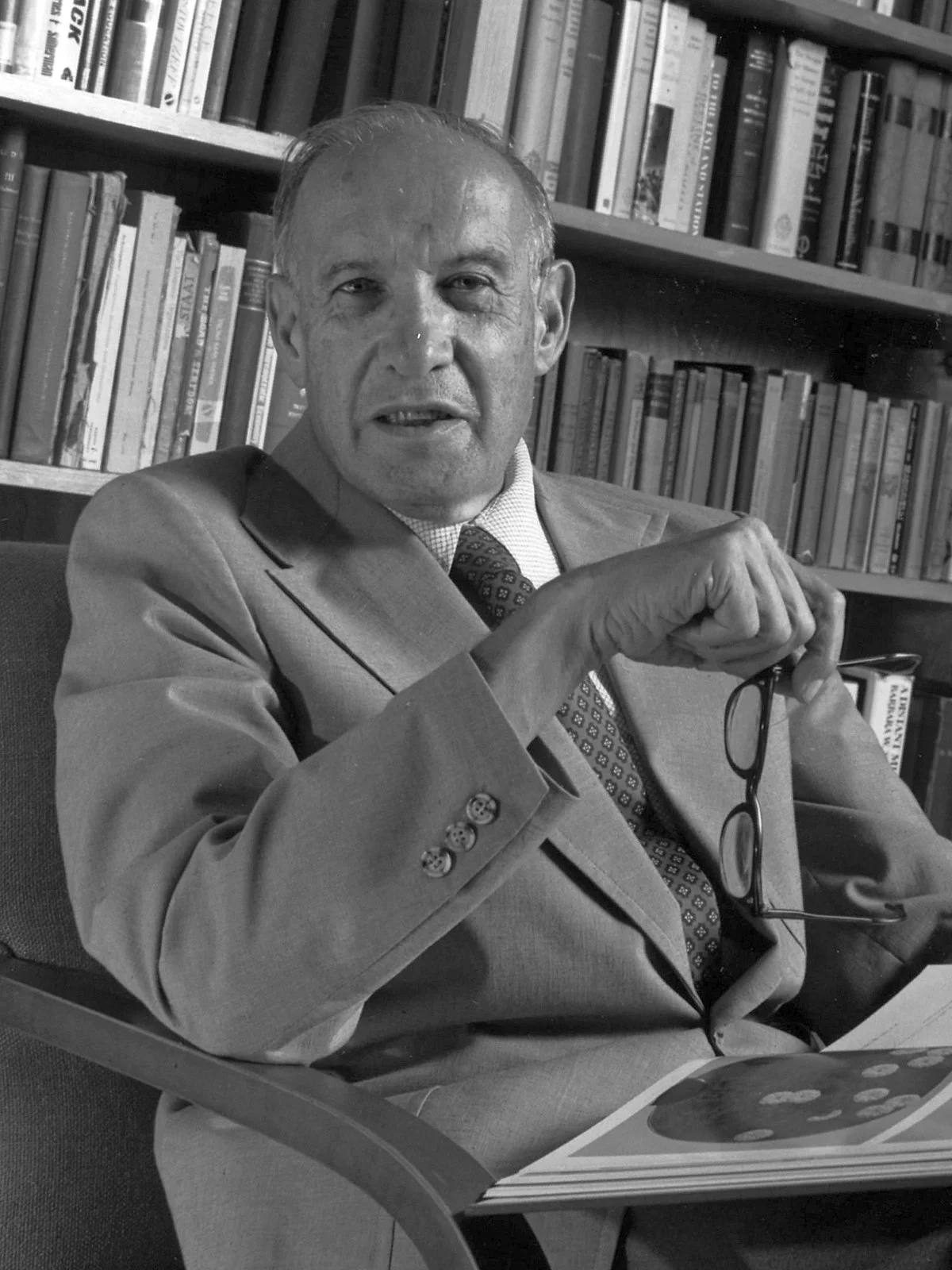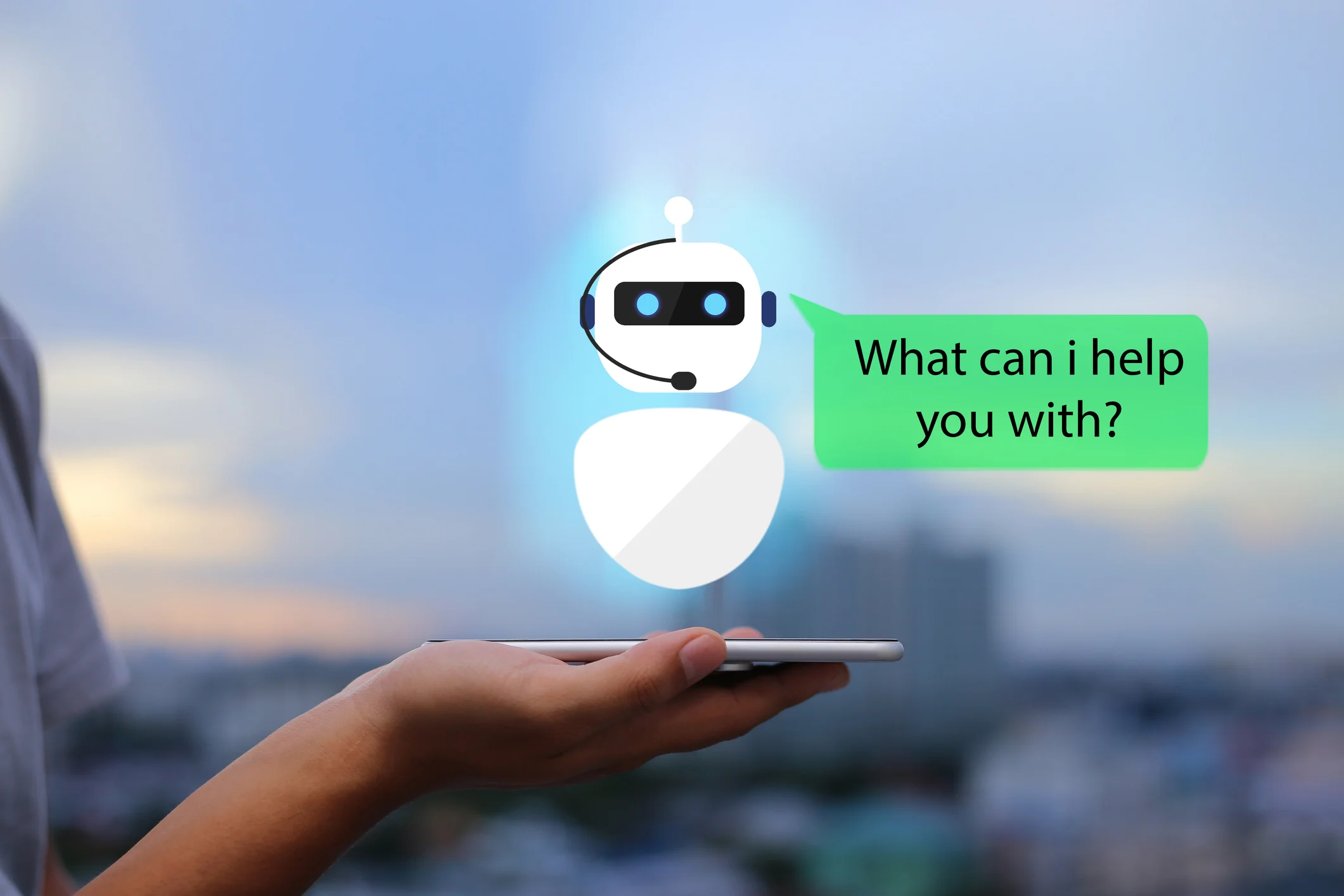The AI Reincarnation of Frederick Winslow Taylor
by Bill Canady in PGOS Influencers
July 26, 2023
Frederick Winslow Taylor, whose 1911 Principles of Scientific Management rationalized manual work processes to make them dramatically more productive, has been lauded by the likes of Peter Drucker as the man who made possible “all of the economic and social gains of the 20th century.” He has also been widely condemned for wanting to turn human workers into machines.

Frederick Winslow Taylor is the man who made possible "all of the economic and social gains of the 20th century.”
Peter Drucker ‧ Author
The truth is rather more subtle. Taylor radically increased the productivity of many manual manufacturing processes by redesigning them based on observation, measurement, and experimentation. He turned nobody into a machine, however, and while he certainly wrought improvements in worker productivity, he never actually changed the role of workers.
The role of managers? Now that is a different story. He changed it forever.
Rather than primarily herding, goading, and chastising workers, managers, under Taylorism, turned most of their attention to processes. They focused on defining the tasks their workers were assigned, and they devised processes for optimizing those tasks. As for the worker, managers engaged in training their teams in the optimal way to accomplish their assigned tasks. They were no longer goaders and scolders of current performance but cheerleaders and evangelists for improvement.

Even as human workers became more efficient in the first half of the twentieth century, machines were replacing them for many tasks. Taylor became instrumental in productively meshing the human workers with the machines. Keeping pace with a moving assembly line required the kind of improvement in human efficiency that Taylorism was very good at delivering. But as machines took over more and more of each manufacturing process, the future of the manual worker diminished even as the demand for more knowledge workers increased.
Today, knowledge workers may be approaching the Rubicon that manual workers were crossing by the mid-twentieth century. The explosion of artificial intelligence (AI) is poised to radically change the relation of human knowledge workers to non-human knowledge workers even more profoundly than the proliferation of automation transformed the relation of human manual workers to the automated manual workers. Some are calling this latest Rubicon “Taylorism 4.0,” and like the earlier crossing in which Taylor’s work played a role, the demands of business give us no choice but to cross this river and, once crossed, there can be no turning back.
Since you can’t beat it, why not do what Frederick Winslow Taylor did in 1911? He made the most of the new machine-driven demands for productivity by improving human work processes even as machines continued to make advances mere mortals could not match.
AI can and will make us more productive. Have you ever tried to hammer a nail with your hand? I don’t recommend it. Use a hammer. Like every other tool created in the long course of civilization, the hammer extends in a specialized way our limited human faculties. In the mental realm, the abacus, the slide rule, the adding machine, the calculator, and the computer successively extended our ability to perform increasingly complex, useful, and productive calculations. More recently, software has enabled the creators of software to extend their ability to design increasingly advanced and innovative software.
Hence, AI. The product of software designed by software; AI is furnishing whole new categories of digital assistants. Chatbots answer routine customer questions, freeing up human workers to devote their time to the non-routine, the critical, the difficult issues, and the greater opportunities. As AI continues to develop, intelligent software will increasingly be regarded by human knowledge workers as a peer. Managers spend a lot of time dealing with rote and repetitive operational issues. Letting a digital peer handle these frees up human managers and executives to tackle more strategic projects and opportunities for innovation. Inevitably, AI will assume some management roles, roles in which the machine will allocate tasks to human knowledge workers. Why not?

This latest reincarnation of Taylor is founded on the system-based principles of the original thought leaders. It will be dedicated to rationalizing the relationship not so much between human workers and machines as between human workers and AI workers. The rational move here is to use the emerging tools of AI as an opportunity to offload all the painfully repetitive tasks onto non-human workers while their human peers use the resulting time and space to evaluate, innovate, and engage all the highest-touch, highest-value human-to-human tasks that build the most enduring profitable growth. A hand is not a hammer, and a hammer is not a hand. Put your new hammer in your hand and don’t be afraid to use it.
